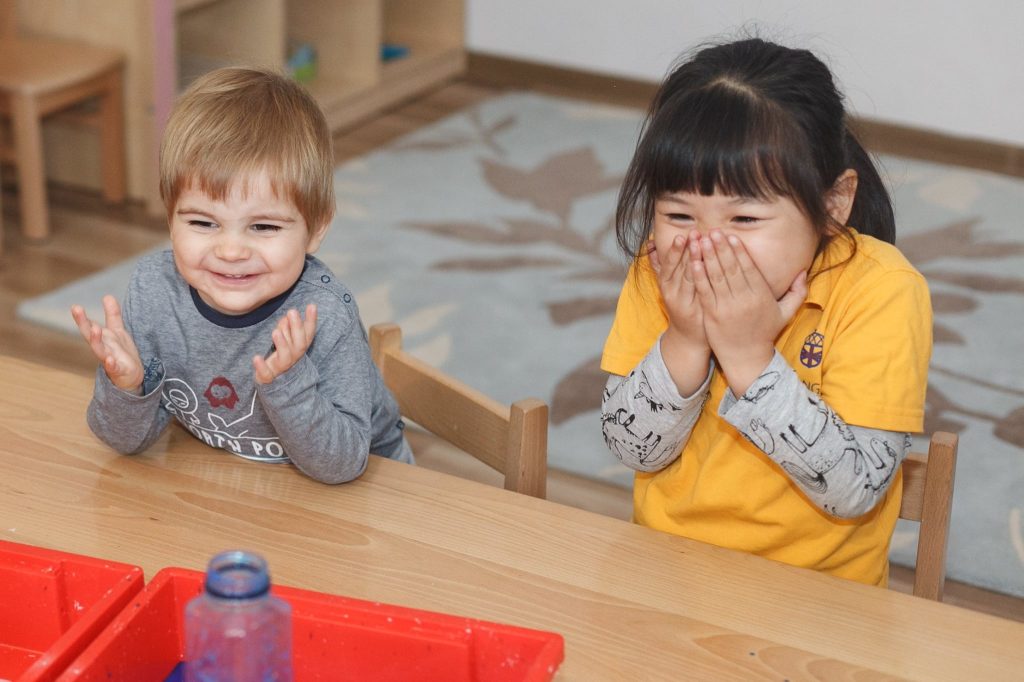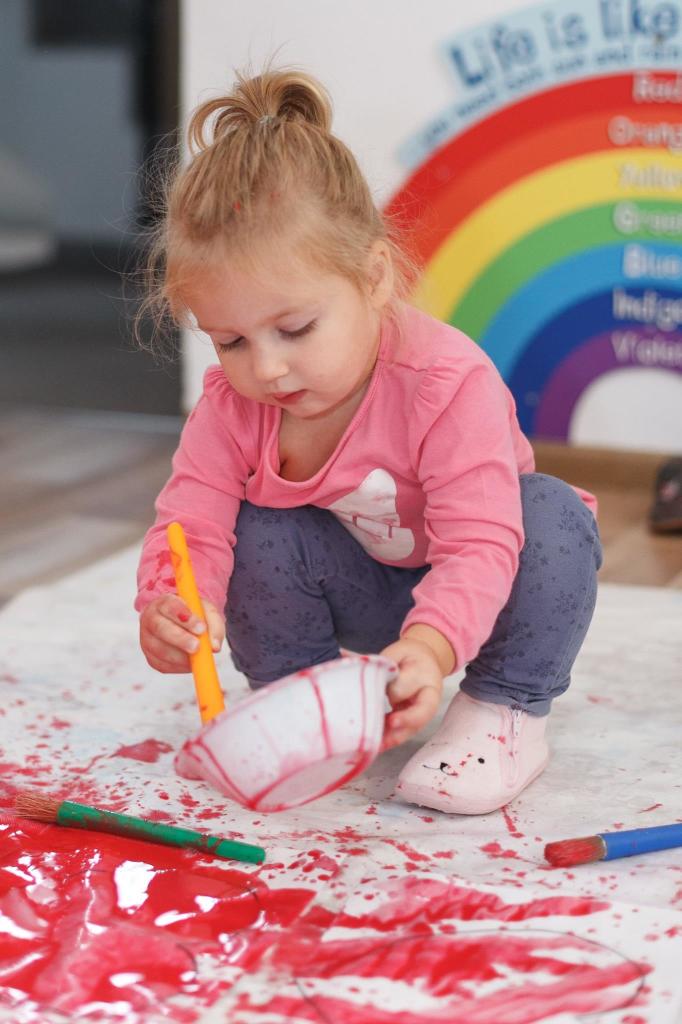Transformative learning is the process of deep, constructive and meaningful learning that goes beyond the simple accumulation of knowledge and supports critical ways in which children consciously give meaning to their lives. It is the kind of learning that results in a fundamental change in our view of the world, as a consequence of the transition from unjudged or unquestionable acceptance of available information to reflective and conscious learning experiences that bring true emancipation.
According to Jack Mezirow, there are two types of learning: instrumental and communicative. Instrumental learning involves knowledge, problem solving and procedural tasks. While communicative learning focuses on how someone communicates their emotions, needs or desires. For a new lesson to really take root, the learner must support a change of perspective. One of those assumptions, expectations or beliefs that help to understand the world must change. In doing so, the learner undergoes a transformation and authentic learning takes place.
Transformational learning theory holds that all children have different assumptions, expectations, and beliefs that help them understand the world around them. A person’s culture, society, psychology and personal experiences shape all these points of view. They begin to develop during childhood and determine their perception of causality. For example, if you say “Thank you”, I say “Welcome”. If I committed a crime, I would become a murderer. And if I become a murderer, I would be ashamed. Someone who comes from a different culture and with a different psychology may have different expectations. Usually, such perspectives work outside the conscious consciousness and will persist until they are challenged. This is where transformations come into play.
In theory, transformative learning says that the process of “transforming perspective” has three dimensions: psychological (changes in self-understanding), compelling (review of belief systems), and behavioral (lifestyle changes). [1]
In order to change their patterns of meaning (specific beliefs, attitudes, and emotional reactions), learners “need to engage in critical reflection on their experiences, which in turn leads to a transformation of perspective.” [9]. The meaning schemes that make up meaning structures can change as an individual adds or integrates ideas into an existing scheme. In fact, this transformation of patterns of meaning usually takes place through learning.
A defining condition of the human being is that we must understand the meaning of our experience. For some, any explanation uncritically assimilated by a figure of authority will suffice. But in contemporary societies we must and it is advisable to learn to make our own interpretations, rather than to act according to the goals, beliefs, judgments and feelings of others. Facilitating such agreements is the cardinal goal of education (in the case of adults). Transformative learning develops autonomous thinking. [10]
Another definition of transformative learning was proposed by Edmund O’Sullivan: [25]
Transformative learning involves experiencing a profound structural change in the basic premises of thinking, feelings and actions. It is a change of consciousness that dramatically and irreversibly changes our way of being in the world. Such a change involves our understanding of ourselves and our self-locations; our relationships with other people and the natural world; the understanding we have of power relations in interconnected structures of class, race, and gender; awareness of our body, our visions of alternative approaches to life; and our feeling about the possibilities we have for social justice and personal peace and joy.


